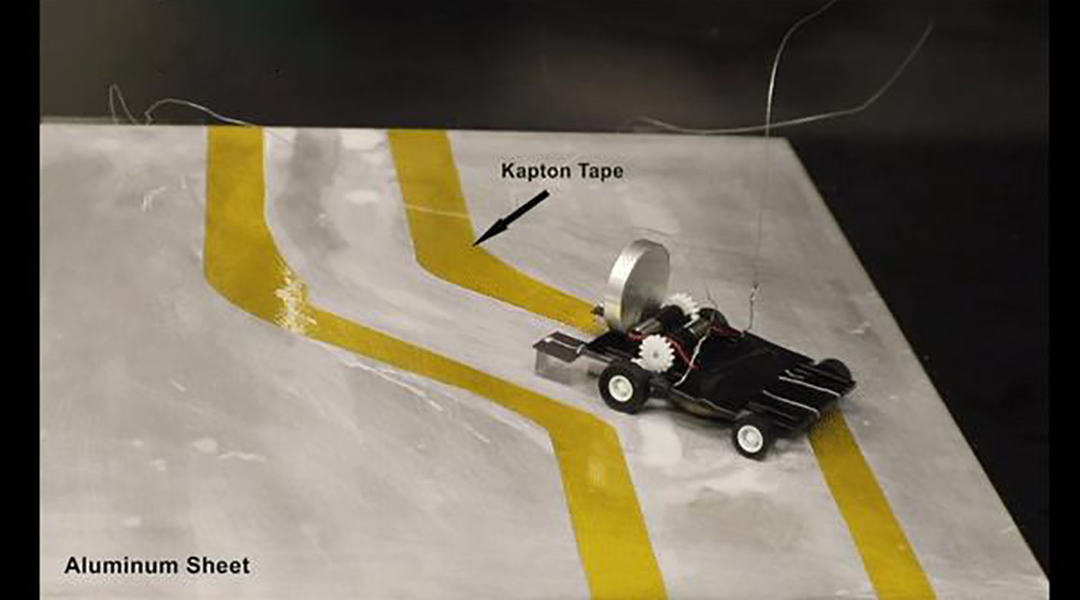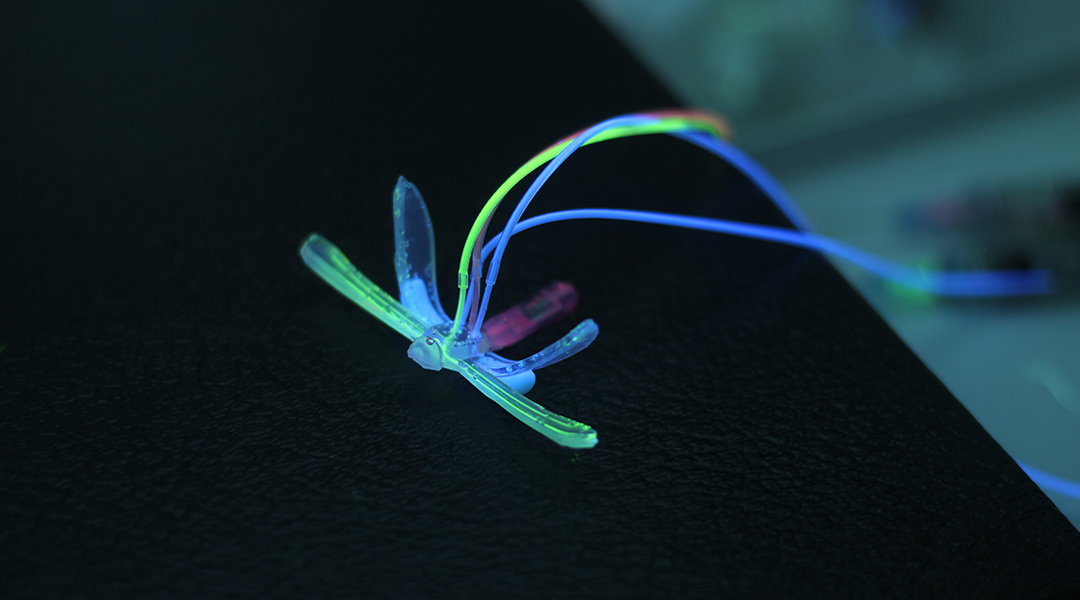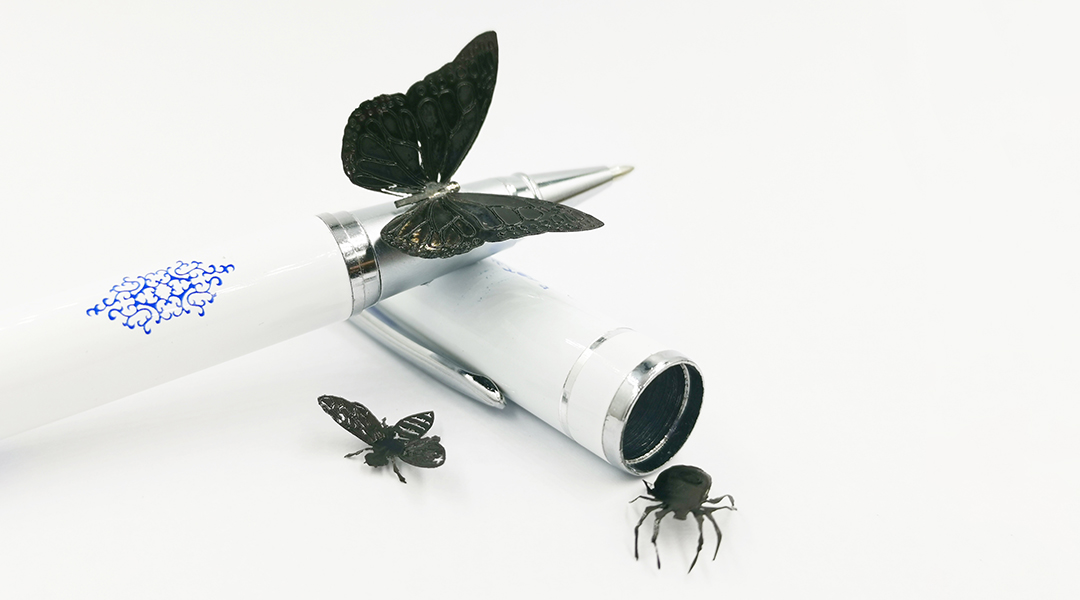Researchers teach robots to make appropriate reactive human facial expressions, an ability that could build trust between humans and their robotic co-workers and care-givers.


Researchers teach robots to make appropriate reactive human facial expressions, an ability that could build trust between humans and their robotic co-workers and care-givers.

A new material helps robots analyze and navigate their environments by scanning codes invisible to the human eye.

Asteroids are always pelting Earth, but what happens if the big one comes along? The European Space Agency’s new asteroid telescope is coming to the rescue.

The “metal-eating” robot can follow a metal path without using a computer or needing a battery.

Electronics-free DraBot uses air pressure, microarchitectures, and self-healing hydrogels to watch for changes in pH, temperature, and the presence of contaminants.

Researchers recreate the somatic nervous system in robots, allowing them to convert feeling into movement under different stimuli.

Thanks to ultra-thin sensors and artificial muscles, future flexible microelectronics will be able to take on complex shapes to better interface with delicate biological tissues without causing damage.

Building inclusive education systems will be key to ensuring no one is left behind and that advances in AI and robotics benefit everyone in society.

AI and robotics meet fluidics to accelerate materials development, allowing researchers to create quantum dots in under an hour.

A gelatin-based hydrogel allows researchers to create a flexible, remote controlled robot capable of squeezing through tight spaces.